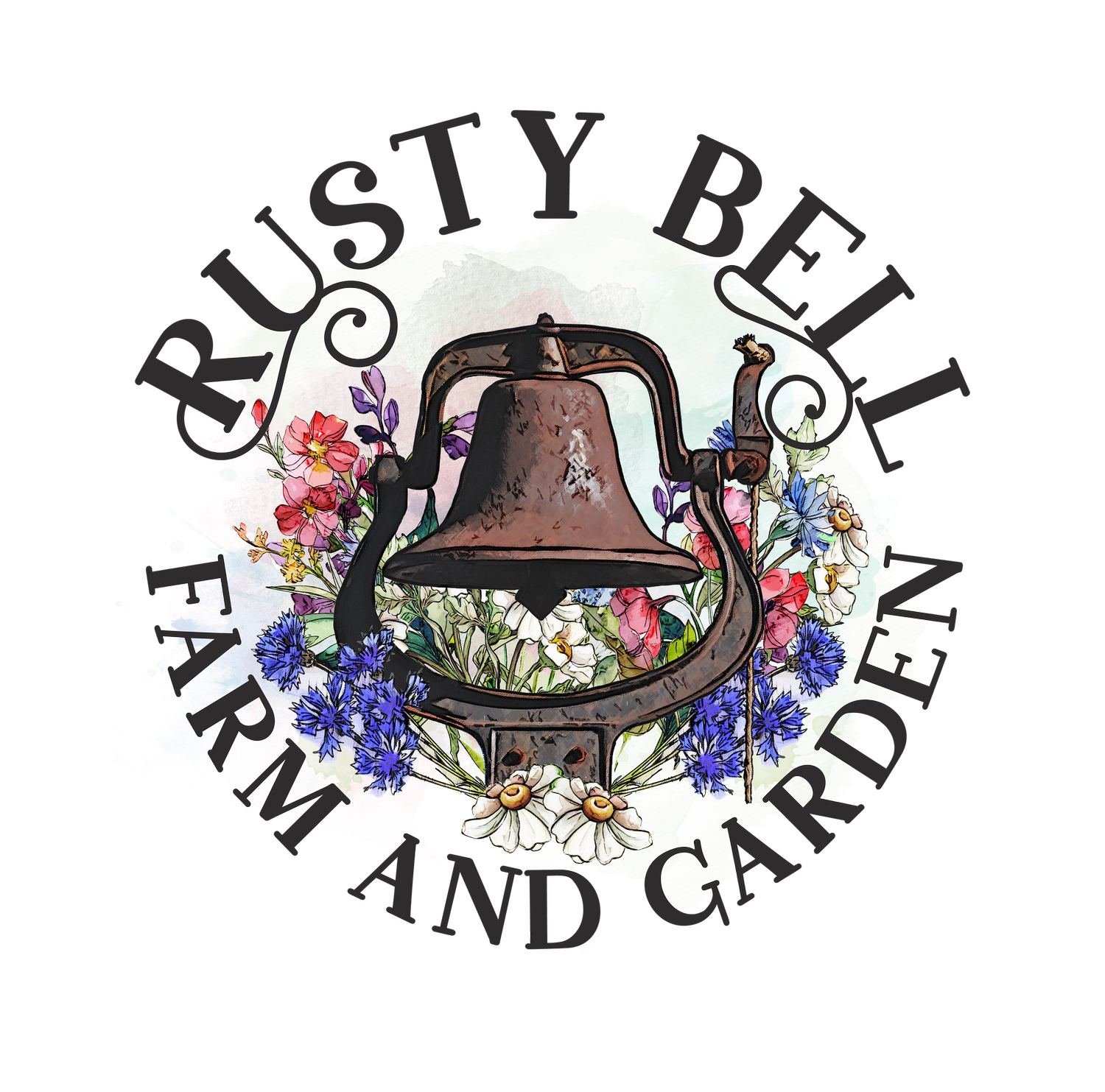So You Want A Bunny: Inside or Outside?
So, you want a bunny, but where will you keep it?
One of the first things you need to decide when preparing for your new bunny, is what kind of home it will live in.
Domestic rabbits can live inside or outside. Both have pros and cons.
Inside
If you want an inside rabbit, it will be kept in a cage. Most indoor cages are all thick metal wire, but some are wood and wire.
Cage floors should be wire, to allow droppings and urine to fall through onto a tray so your rabbit does not sit in its own filth. Be sure to clean out the tray often and provide ventilation, so the ammonia fumes from your bunny’s urine will not make it sick.
Indoor cages should be cleaned frequently, to insure a healthy and odor free environment.
Your rabbit can be trained to use a litter box to help make cleaning easier.
Be wary of letting your bunny roam free in your house.
Rabbits will chew on wires and other objects on the floor, like toys, food, or house plants, which can be very dangerous to them. Always use caution if you have other animals in your home. Dogs and cats may seem friendly, but they can easily hurt your bunny, even if they don’t mean too.
All rabbits need exercise, but since indoor cages are typically smaller than outdoor hutches, make sure your bunny has a place to stretch its legs.
Exercise pens are great for both indoor and outdoor use.
Outside
All of my rabbits are kept in outdoor hutches that I have built myself. They are the most natural, safe, and beautiful home for my outside furry friends. I love to watch them basking in the sunshine or listening to the birds.
If you want an outdoor rabbit, it should be kept in a sturdy hutch to protect it from predators and extreme weather.
Our hutches are made of wood and wire and are painted to protect the wood from rain and sun so it will last for years.
Our hutches have two living sections; the large main living section, with a welded wire floor, wire doors and a wooden back and sides. The wire allows droppings to fall through and keeps the hutch well ventilated.
A wooden board, tile, or plastic snap-on mat will give a nice resting place from the welded wire for your rabbit.
Your bunny will also love to bask in the winter sunshine!
The other section of our hutches is a small wooden box attached to the side called the “nesting box”.
The nesting box will give your bunny a warm place to sleep in the winter, an extra dry place when it rains, and relief from wind.
Line the floor with straw or shredded paper bedding for extra insulation during the winter months.
If your hutch does not have a nesting box, a wooden box can be set in the main living section and filled with hay or bedding.
Your rabbit’s hutch should be tall and off the ground.
Height will keep your bunny away from predators, the cold ground in winter, and will make it easier for you to pick him/her up and give him food and water.
Rabbits thrive in cool temperatures.
A rabbit’s favorite outside temperature is around 50 degrees.
Their thick coat provides them with plenty of warmth, but they still need proper shelter.
Make sure your hutch is facing the sun and sheltered from the cold winds. This will help to keep your bunny warm.
In the summer place your rabbit’s hutch in a shady location with good air flow to help keep them cool.
Rabbits, even breeds with short hair, can overheat very easily.
During extreme temperatures (single digits or 95 degrees or above) I temporarily move my rabbits inside into cages, in my insulated garage, until the temperatures return to normal.
If you are interested in purchesing one of our beautiful hutches for your outdoor furry friend, please contact us here, https://www.rustybellfarmgarden.com/contact.
From a fellow bunny lover,
Emma




